Guide to Growing a Giant Pumpkin and Paddling It to Victory

For 20 years, Tualatin’s West Coast Giant Pumpkin Regatta has pitted costume-clad, squash-bound paddlers against one another.
Back in 2004, the Pacific Giant Vegetable Growers—a very real association of gardeners who raise behemoth gourds, tomatoes, watermelons, and more—plopped a few giant pumpkins in a man-made lake in Tualatin, hollowed them out, and paddled them across the shallow pool. Twenty years later, the West Coast Giant Pumpkin Regatta is by far the southwestern suburb’s biggest annual event, drawing as many as 25,000 attendees (nearly the population of Tualatin itself) for its five rounds of races. A lottery for potential paddlers has pulled entries from Ireland, Japan, Australia, and New Zealand. This year, it takes place Sunday, October 20.
To hear the growers tell it, it’s a transformative process. “You stand next to your first giant pumpkin and touch it, you feel like you’re having an out-of-body experience,” says Lake Oswego’s Brian Williams, who’s spent the past seven years consumed by what he calls “extreme gardening” and serves as the association’s treasurer (annual membership dues of $40 support cash purses for champion growers). “It’s just an awe-inspiring thing.”
It’s also meticulous, time-consuming work, and not every giant pumpkin makes a seaworthy squash. We asked Gary Kristensen of Happy Valley, who’s won the growers race four times in a row, for his gourd-growing guidance.

STEP 1
Select Seed
The mammoth cultivar you seek is Dill’s Atlantic Giant—but not just any seed will produce a race-winning vessel. Which is why, like thoroughbreds, some pumpkins have pedigrees. Look for seeds descended from oblong, smooth-skinned, flat-bottomed parents. While in 2015 a genetically blessed seed fetched nearly $2,000 at auction, Kristensen says there’s no need to spend more than $50.
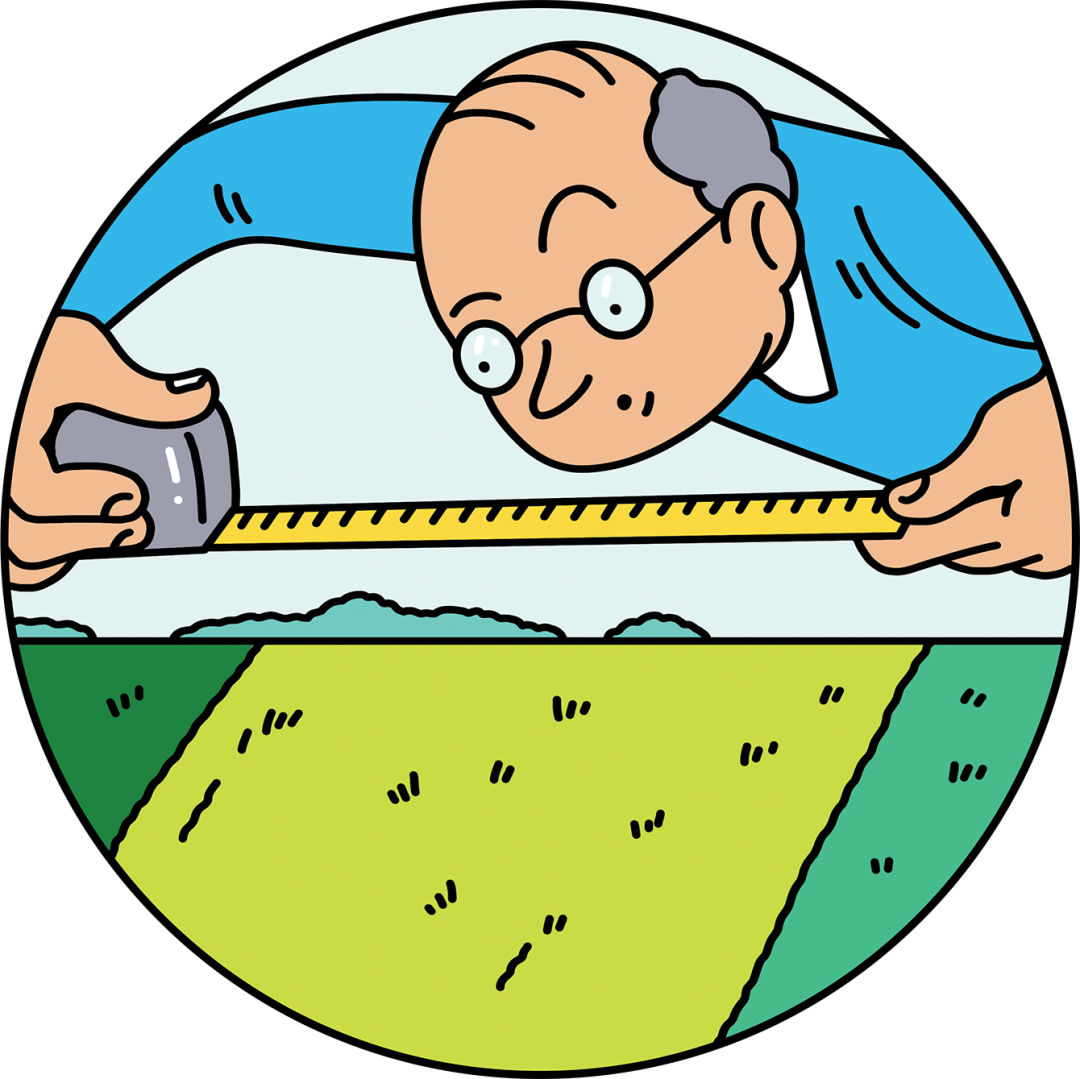
Step 2
Prep Patch
Some say the minimum plot size is 1,000 square feet. Others contend you can make do with 150. (There’s in fact a contest to grow the heaviest pumpkin in such modest confines; the record presently stands at 1,375 pounds.) Ship a scoop of soil to a lab for testing and till in amendments accordingly.
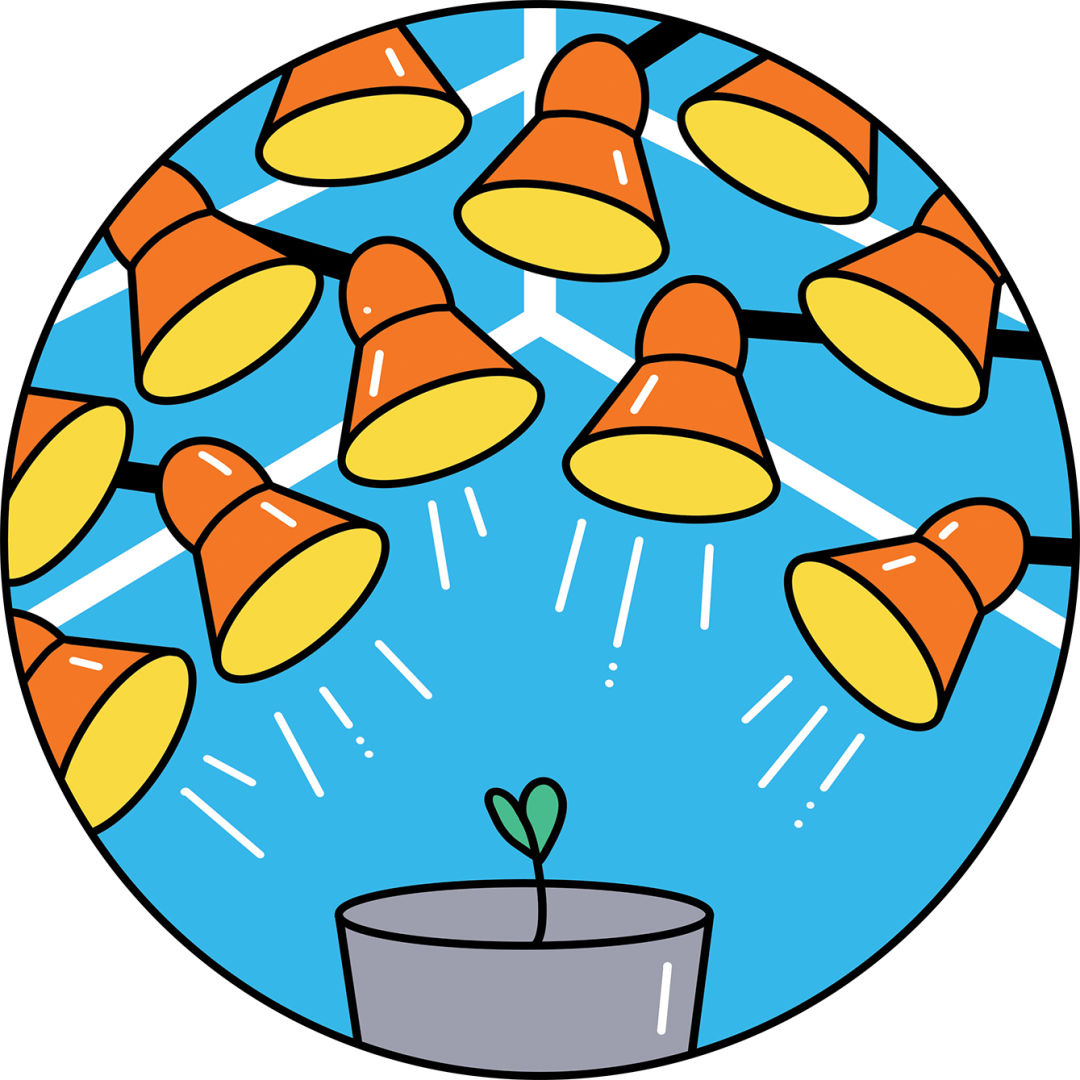
Step 3
Sow
Your wee seed begins its big journey indoors, in a small peat pot under grow lights. Once the first true leaf appears, ferry your tender seedling outside to a cold frame or hoop house. Keep it warm: Kristensen says the current world record holder for heaviest pumpkin has as many extension cords running to his greenhouse heaters as Clark Griswold does to his Christmas lights.

Step 4
Anchor
As your plant matures, it will sprout vines, which may grow as much as a foot per day. These belong under a layer of soil, where they’ll become nutrient-channeling roots as well as anchors for your soon-to-be goliath.

Step 5
Pollinate
Conjugal matters are not to be left to chance. (Bees: unpredictable!) When the female bud—that’s the one with a golf ball–size pumpkin at its base—starts to pucker, it’s time to pick three to five male blossoms. Kristensen keeps these in a vase overnight. The next morning, he says, “you basically have flower sex.” Pluck the petals on a male flower to expose the stamen, slide it in the just-bloomed female, and shake, shake, shake. Repeat. Deed, done.

Step 6
Grow, Baby, Grow
Fungal disease. Aphids. Vine borers. Split skin. Stem stress. Heat stress. Cold stress. Ruinous hailstorms. Mice. Much may befall your precious pumpkin, which needs lots of water, lots of sun, and near-constant monitoring. Vacation with caution—and prepare for looky-loos gaping at your gargantuan gourd.
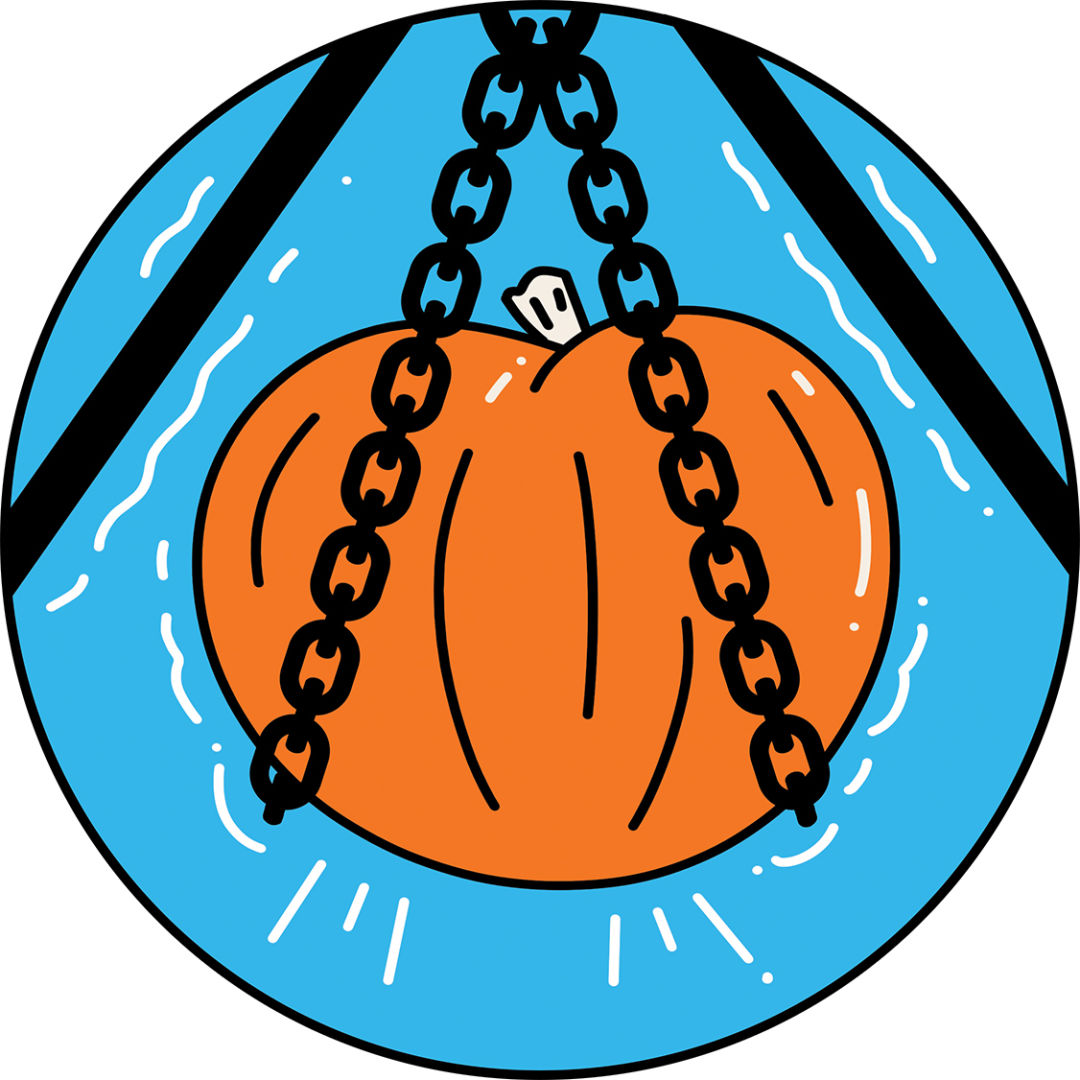
Step 7
Hoist
Congratulations! Your Cucurbita maxima is all grown up and ready to harvest. Those who don’t own a tractor and forklift will wish to jerry-rig a tripod from four-by-fours, chain hoist attached to the top. The bed of a full-size pickup should be sufficient for transport, though Kristensen once saw a pumpkin conveyed via minivan. It proved difficult to free.
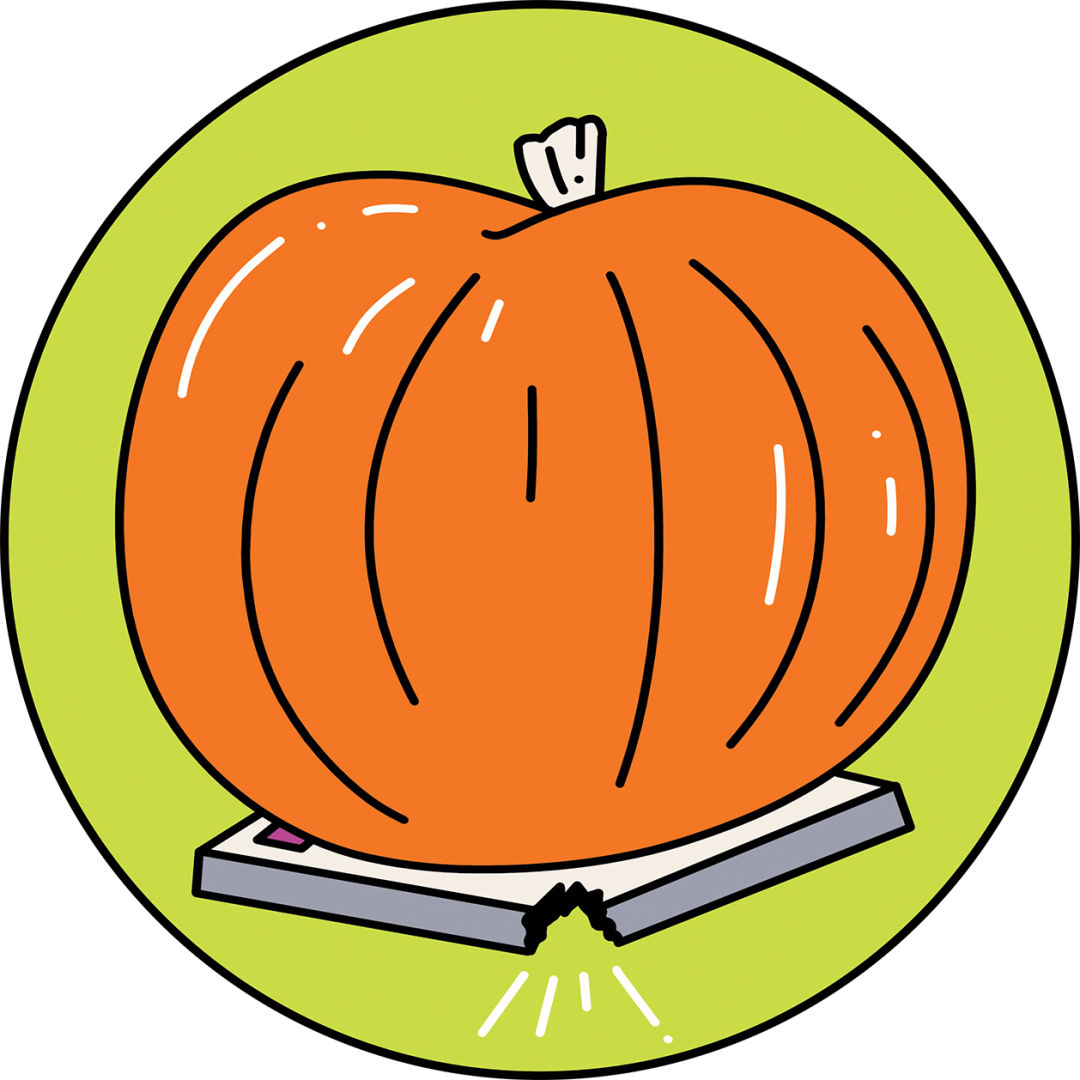
Step 8
Weigh
The day before, Tualatin’s Stickmen Brewing hosts a weigh-off. Pumpkins get lined up by size, with the smallest specimens taking the first turn on the scale. But a tape measure can’t tell density, and upsets occur. The grower of the heaviest pumpkin takes home $1,000. For boaters, bigger doesn’t necessarily mean better: Kristensen, who weighs 160 pounds, likes his vessel at about 700 pounds.

Step 9
Scoop
The morning of the race, pumpkins get placed in Tualatin Lake. Growers wade in, slice their squashes open (these whoppers can be more than a foot thick, so Kristensen prefers a long pruning saw), and get to scooping. Walls should be thin, but go too thin and you’re liable to spring a leak.

Step 10
Row, Baby, Row
Kayak paddles are provided, and the technique, Kristensen says, isn’t dissimilar: take long and gentle strokes, making sure to submerge the blade fully. Thrashing is to be avoided. Costumes are required. And for the victor? No cash prizes here: just a ribbon, and eternal glory.
Share this content:


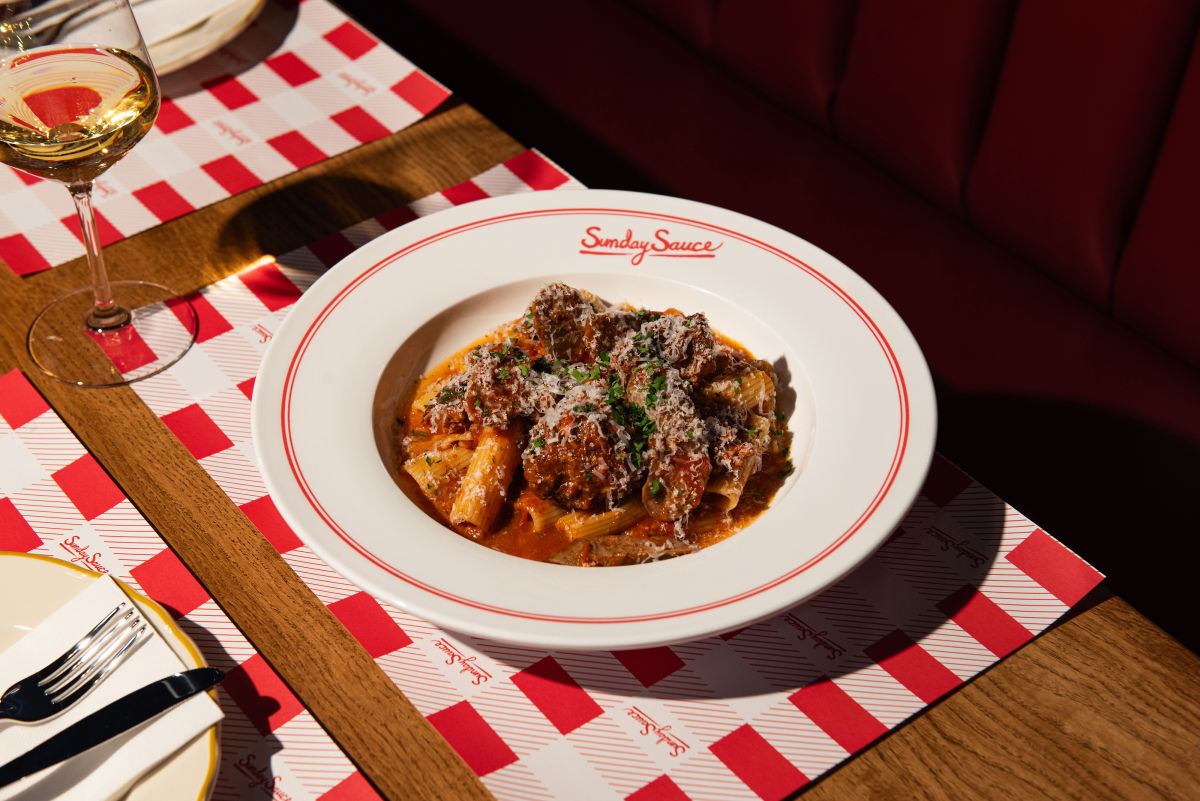
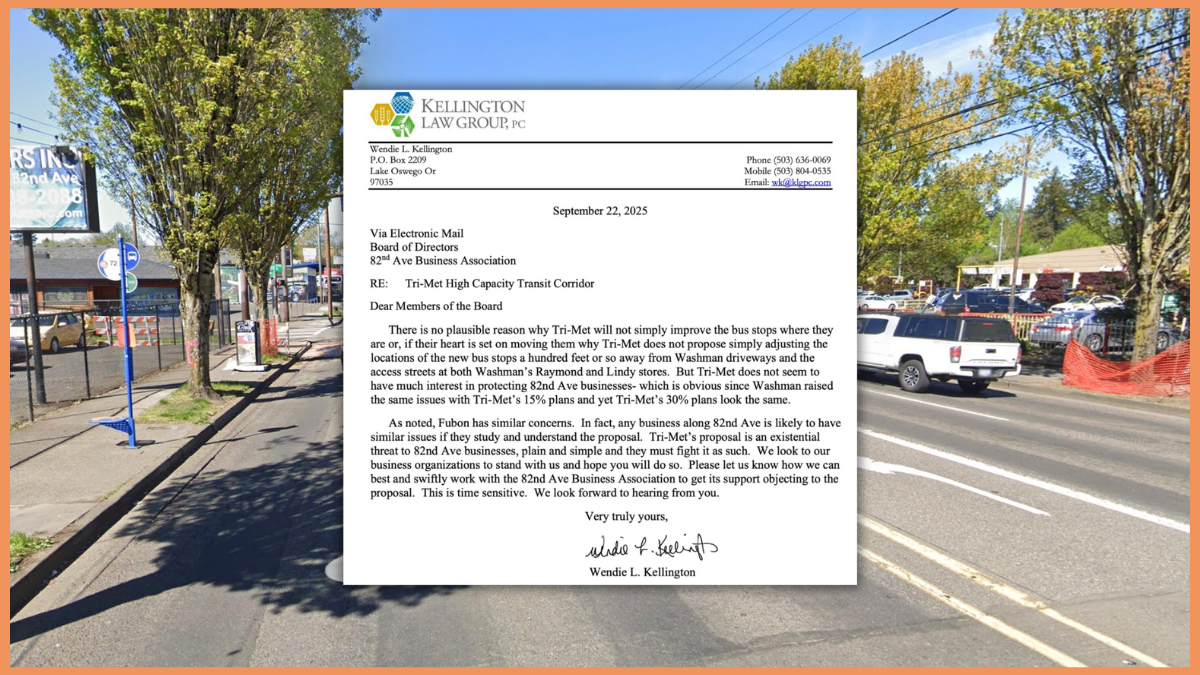











Post Comment